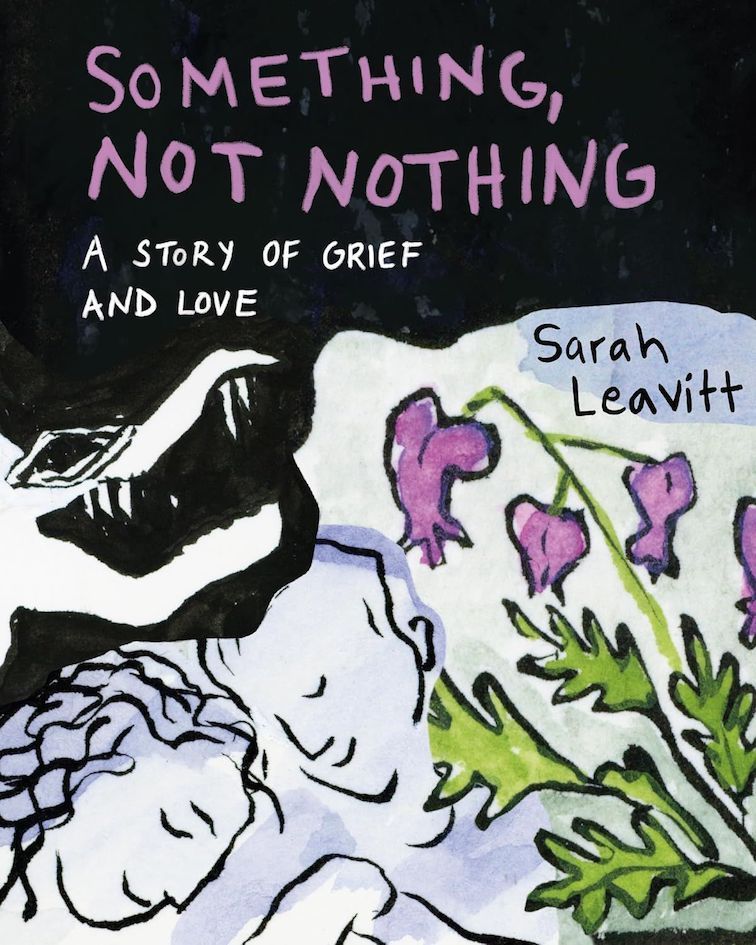fact

What Day It Is
Among the people who live outside the Dominion building in downtown Vancouver, across the street from the cenotaph at Victory Square, is a woman who might be in her late forties and who occasionally turns up in a wedding dress. I’ve never seen her speak to anyone. She simply walks up and holds out her empty hand toward you.

The Unremembered Man
Who today remembers the man who carried Einstein’s head in a box through the streets of Vancouver? We remember clearly the box (dark wood, varnished, the door on brass hinges: what about the latch?) with Einstein’s head in it, a plaster model (was it plastic, perhaps? modelling clay? plasticine?)

Spot Fire
I am down in the cabin and Ross, who is eighty feet up in the fire tower, sees smoke. He tries to report it but his radio isn’t working and nobody can understand him. They phone him back on the cell: does he need the water bombers? He says no, it’s just a spot fire. In that moment a huge gust of wind blasts through the cabin, blows a towel off a rack, slaps it against the valve of the water cooler and turns on the water.

Indochine
Vientiane, the capital of Laos, is a fading one-time French colonial outpost on a spot where a bend in the Mekong River makes room for a large tear-shaped island directly opposite the centre-ville, which runs only far enough back from the riverbank to allow a few commercial streets. The new bridge to Thailand is a short distance way. Thai-style wats and other temples, minor and major, are everywhere.

Hiatus
During the hiatus, a man in a black suit appeared in the Geist Gallery in Toronto and identified himself as a builder of ornithopters, or perhaps he said he was a promoter of ornithopters (this was during the hiatus, when nothing was clear; in any event his field was ornithoptery). I couldn’t remember what an ornithopter was but I could see one in my mind: the question was, what did an ornithopter do? The ornithopter man was accompanied by a well-dressed woman who never stopped smiling.

Gangly Man
I don’t take public transit very often, which is a failing—not just environmentally, but also personally, because sometimes that forced contact with the rest of the populated world can be profound. In Japan, many years ago, I was trapped in the small space between train cars by a crowd of schoolboys; my claustrophobia reached such a level that one leg began to judder up and down like the needle on a sewing machine, and the only thing that prevented me from climbing out over the tops of my fellow passengers’ heads was the gaze of a man about a foot away who conveyed calm to me by keeping his eyes trained on mine.

Re-hanging the National Wallpaper
When I lived in Ottawa in the 1970s, I used to enjoy passing lazy afternoons at the National Gallery looking at the pictures. I remember how surprised I was when I first encountered the Group of Seven collection. These paintings were completely familiar—I’d seen them in schoolbooks and on calendars, posters, t-shirts, everywhere—yet at the same time they were completely unexpected.
.svg)
Separate Crossings
Dr. Portillo, a Mexican physician, lives with her husband and son in a balcony-festooned six-bedroom house in a gated suburb. The adobe walls that enclose the garden, the coloured tiles embedded in the walls and the servants’ garden house are all typical of the home of a prosperous Mexican family. The multi-generational collection of relatives who occupy the spare bedrooms also reflect Mexican tradition. Dr. Portillo receives her patients in an office located in a tower in the northern Mexican city of Tijuana; since many of the patients are American, much of her working day takes place in English. When she goes home at night, she relaxes by speaking to her husband and son in Spanish. Her son, however, often responds in English because Dr. Portillo’s typical Mexican home is located in suburban California.

Witch Hunt
In a letter of 350 words, published in Geist 65, Michael Redhill calls me a racist once and implies that I am a racist on at least four other occasions. Redhill’s repetition of the ultimate insult of the postmodern era offers a fascinating, if depressing, window into how certain Canadian writers betray their responsibility to the society they live in.

Van Gogh’s Final Vision
Auvers-sur-Oise is a town of ghosts. Among the summer tourists and art-loving pilgrims who visit Auvers from all over the world, drift flocks of long-dead artists with folding easels and boxes of paints, who a century ago would disembark every week at the small railway station.

The Self-Destruction of the CBC
The federal government recently announced it is reviewing the CBC’s mandate. This review is the latest chapter in a long story of questioning the value of the CBC since its inception seventy years ago. Clearly there are politics involved here; the CBC is an easy target for attack by parties of all stripes.

Natural History
It started with a note I found tucked into an anthology of poems edited by Selden Rodman, a book I opened rarely, though there was a time when I was young I had read it so closely and so many times I had most of the poems memorized. The note lay in the spine of the book against a poem of Arthur Rimbaud's titled, I think, "The Twelve-Year-Old Poet." On it are four names printed out in my sure and youthful twenty-one-year-old hand: Baghdad, Koweit, Sakakah, Jaffa.

The Real Woman
And then I remembered an important event. It happened at a funeral in St. Paul’s chapel for a twenty-four-year-old prostitute who had overdosed in her Gastown hotel room. The small chapel was half full, and very quiet. There were a couple of fresh flower arrangements in front of the cheap, closed coffin. Most of the congregation were other prostitutes dressed in their working clothes, and a few pimps. One woman apologized to Brother Tim for having nothing black to wear, except for lingerie and a leather miniskirt.

What Day It Is
Among the people who live outside the Dominion building in downtown Vancouver, across the street from the cenotaph at Victory Square, is a woman who might be in her late forties and who occasionally turns up in a wedding dress. I’ve never seen her speak to anyone. She simply walks up and holds out her empty hand toward you.
.svg)
Burma Media Event
Once while living in Burma (now Myanmar), Goran Simic and his brother, whose father was the Serbian ambassador, were stopped by rebels on their way to the international school in Yangon. They were hauled out of their diplomatic Mercedes limousine and forced at gunpoint to witness the beheading, at the side of the road, of a uniformed Myanmar government official.
.svg)
Snail Mail
I’m sorry, but you cannot mail any box with writing on it. I see. Perhaps you have a marker with which I can cross out the writing? No, we have no markers here. Perhaps you have some packing tape we can put over the writing? No, we have no packing tape here. How about some of that special blue-and-yellow postal service tape I see there? No, no señorita, you cannot put special blue-and-yellow postal service tape just anywhere.
.svg)
Sitting on Water
During my thirty years living on the waterfront of British Columbia, I have always had some sort of container in which to sit on the water. My first boat was a ten-foot dinghy that my late husband John Daly, a commercial salmon troller, equipped with a small electric motor to surprise me. He had the bizarre idea that I, a sometime canoeist from Ohio, could manoeuvre a boat on my own around our capacious Pacific coast harbour. The electric engine would be ideal for me, he thought. No rope to pull to start it up! No gasoline tank on board!

Seasons in the Abyss
My friend Eric moved to Los Angeles five years ago to become a rock star, only to learn that drummers and bass players in L.A. are unreliable, that nobody in L.A. goes to see live music and that the chicks in L.A. are all crazy. Once he got to wait at a stoplight behind Patricia Arquette, once Britney Spears came into the gym where he worked and one time a bouncer let him into a club ahead of Fabio, and none of these things made him famous.

Evictions
When Malcolm Lowry’s shack on the beach at Dollarton, B.C., burned to the ground in 1944, he and his wife Marjorie were able to save the manuscript of only one of the novels that he was working on at the time. A few months later the same manuscript had to be rescued again when the house that friends found for them in Oakville, Ontario, also burned to the ground.
.svg)
Memory of Fire
We were setting fires in a dry gulch in the hills at the edge of town, with crumpled sagebrush and bits of tumbleweed and no paper for kindling, and we had to start our own fire with a single match the way they did in the Cub Scout troop that met Thursday nights in the basement of St. Paul’s Anglican church on Battle Street.

Hiatus
During the hiatus, a man in a black suit appeared in the Geist Gallery in Toronto and identified himself as a builder of ornithopters, or perhaps he said he was a promoter of ornithopters (this was during the hiatus, when nothing was clear; in any event his field was ornithoptery). I couldn’t remember what an ornithopter was but I could see one in my mind: the question was, what did an ornithopter do? The ornithopter man was accompanied by a well-dressed woman who never stopped smiling.
.svg)
Remembering Andy
The first time I met Andy Warhol he was wearing a black sweater and pants; the second time he was wearing white tie and tails (it was at Lincoln Center). The third time I met him, at Arthur, the disco opened in the sixties by Sibyl Burton, he was wearing a jersey made of silver mail.




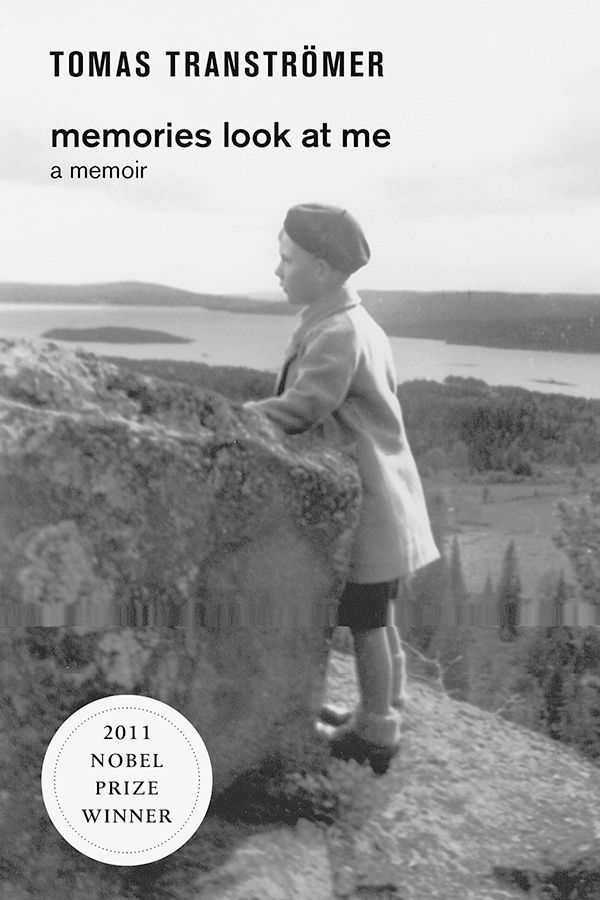
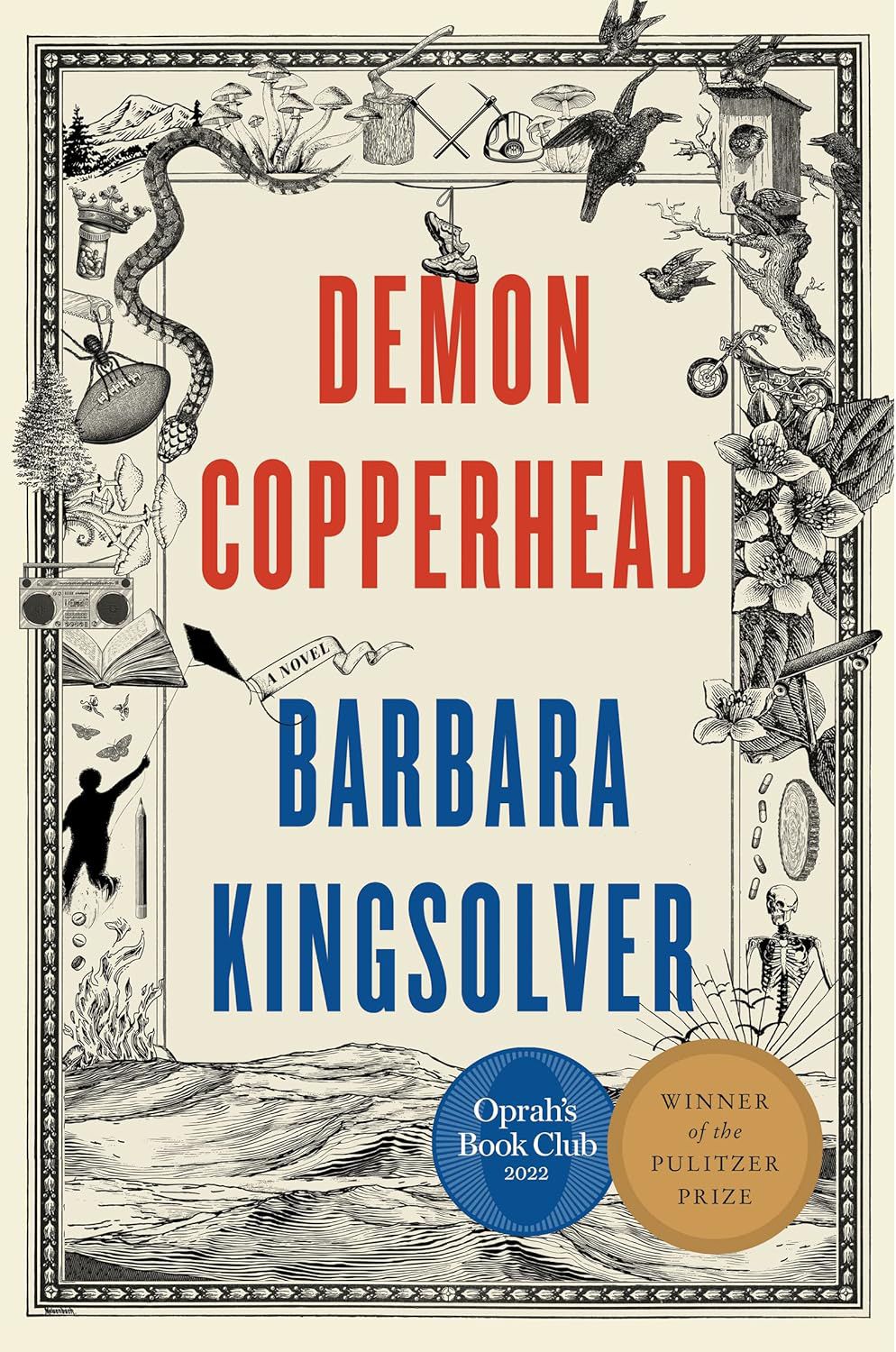





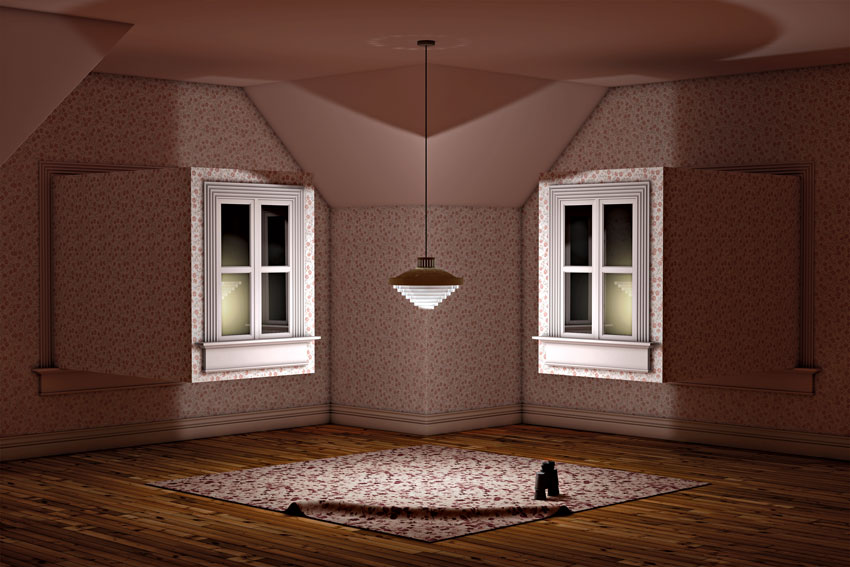



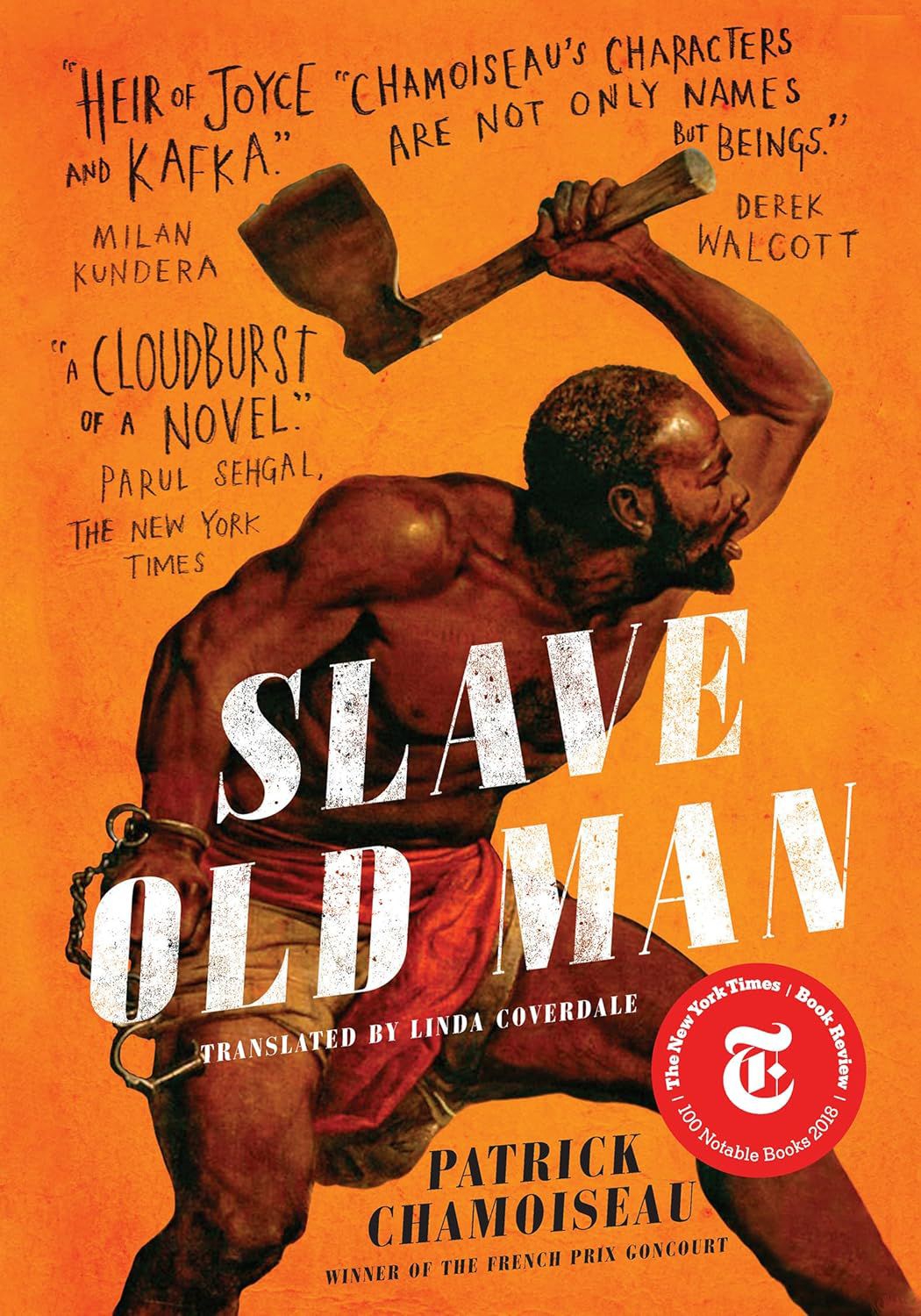
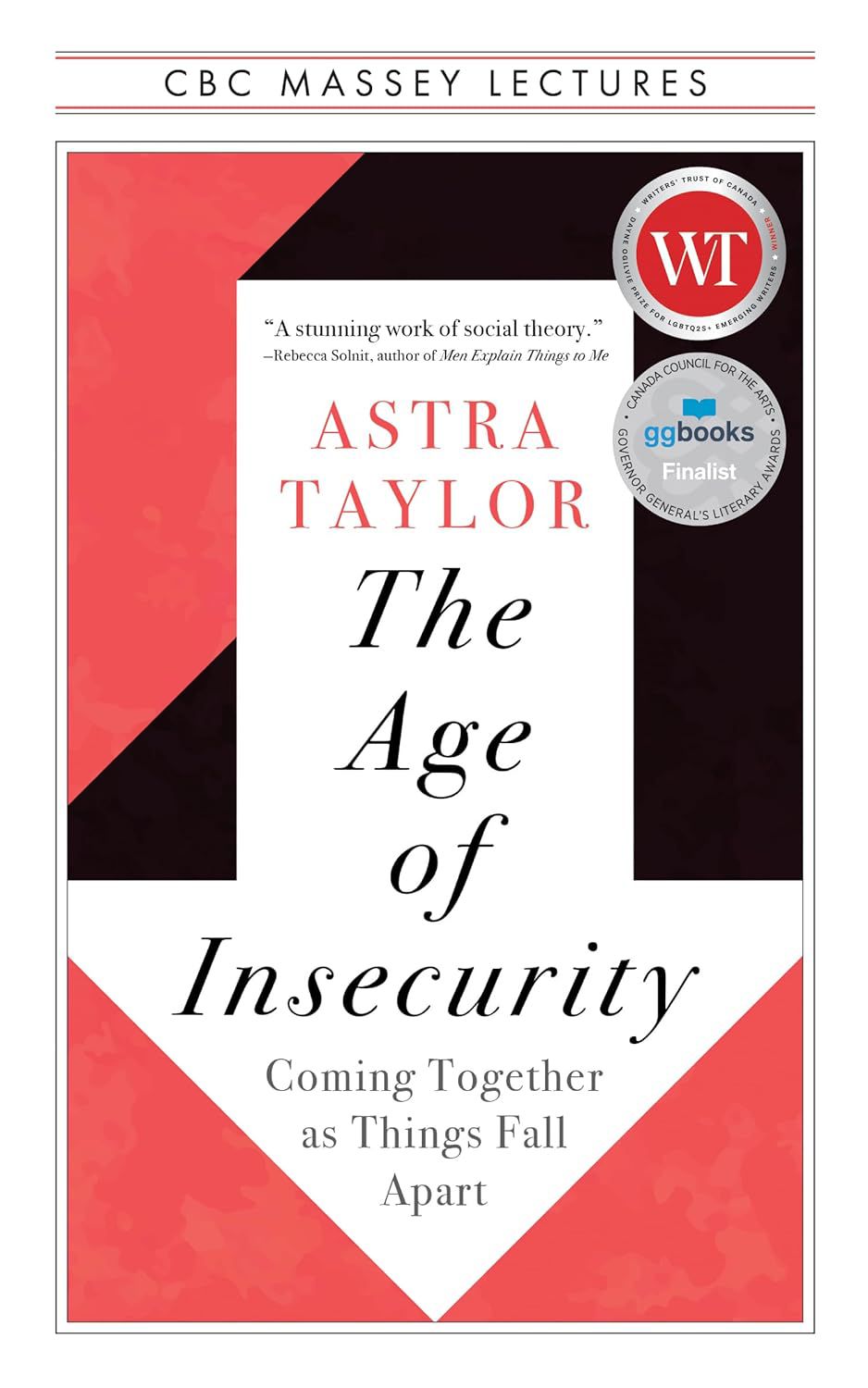










.png)
.png)














